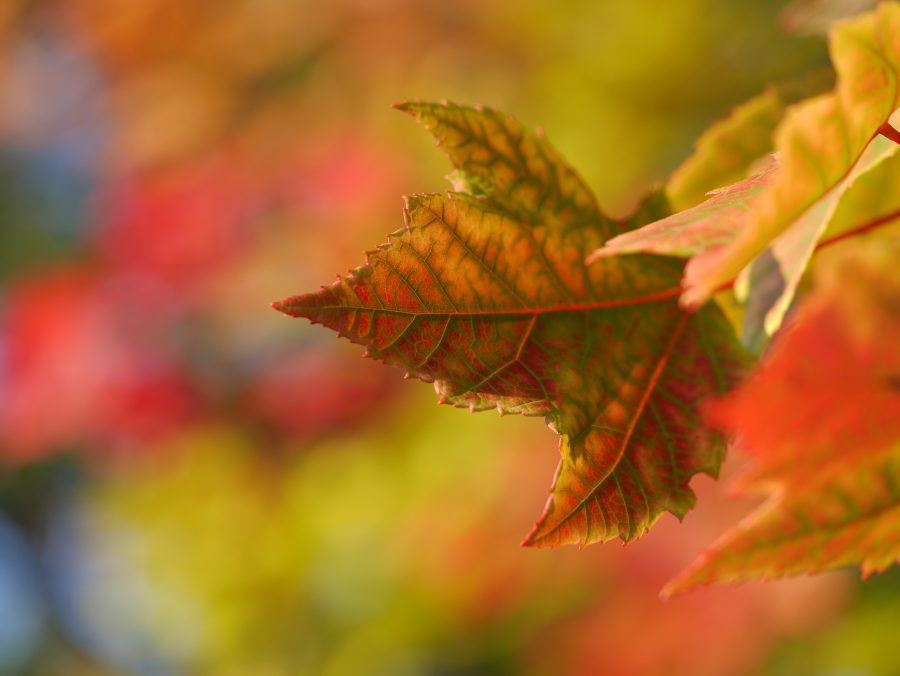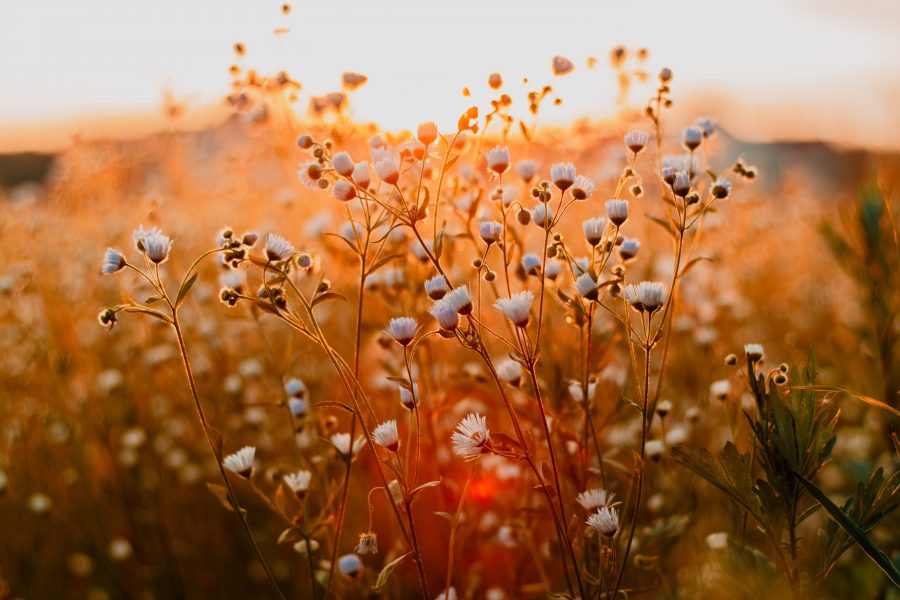Hepatitis is a term that encompasses not only viral hepatitis (hepatitis A-E; abbreviated HAV, HBV, HCV, HDV, HEV), but also inflammatory conditions of liver that may have a variety of causes. I will not go into detail as to how many diseases this term could comprise, so it’s important to note that this list is focused solely on viral hepatitis and while some of these herbs may also be beneficial for other liver conditions, it’s best to check out my list about liver fibrosis as antiviral herbs are best supplemented with hepatoprotectives and antifibrotics.

As the coronavirus panic continues to spread, I figured now would be a good time to write an article about potential herbal treatment. I have summarized most of the herbs that may be effective against COVID-19 (otherwise known as SARS-CoV-2 or 2019-nCoV) based on molecular docking and previous experience from SARS and MERS outbreaks. Do keep in mind that each herb and its respective constituents work differently and while some of these are direct inhibitors of replication, others might be helpful in managing the symptoms. Many of the studies that provide information about these are based on older data. The last section of this article comprises my personal recommendations that I do believe may be helpful in managing the symptoms, most of them even having antiviral effects. Although COVID-19 is a new virus, it bears similarities to the previous SARS-CoV and MERS-CoV, thus herbs effective against these strains may also be effective against the latest coronavirus. The genome of SARS-CoV-2 has been shown to be 89% similar to the genome of the original virus. These similarities are mainly in the proteins that are responsible for the virus’ life cycle.

Leaves of pale smartweed (Persicaria/Polygonum lapathifolia) are commonly used in ethnomedicine to treat stomach disorders, fever, disorders of kidneys, kidney stones and urinary tract infections. It is commonly associated with antiviral, antifungal, astringent, hepatoprotective, anthelmintic, antibacterial, anti-emetic, anti-inflammatory and antioxidant properties. 1


Boldo (Peumus boldus) is a plant that has been predominantly used in South America, but it has managed to spread to other continents as well. As common with herbs stemming from Latin America, the term boldo is often associated with other herbs such as Plectranthus barbatus, P. neochilus, P. amboinicus and Vernonia condensate. 1
Boldo is used in traditional medicine for treatment of rheumatism, syphilis, anxiety, gonorrhea, trouble sleeping, cysts, stomach pain, ear pain, urinary tract infections, diabetes, disorders of gastrointestinal tract, cancer and liver disorders.


Autumn is here and with it comes a lot of baked goodies and pumpkin spice. This toxicity segment is dedicated to most of the culinary herbs and their potential side effects. Many of the herbs listed here are regarded as safe by the general public, but this is far from reality. A majority of people would argue that since you use spices in low doses that their health effects are negligible and can be considered as safe to use. In my opinion, anything that even has the slightest potential to be toxic or contains toxic compounds is toxic. While all these herbs/spices have varying levels of toxicity, each person feels their effects differently. It’s mostly the content of their essential oils which are known to produce their significant flavors and smells. Compositions of essential oils are extremely different depending on numerous parameters related to the plant’s cultivation, harvest, and storage. This is just a general guideline and you may find some of these less toxic than what I make them to be, but that doesn’t mean they are safe for all people.

